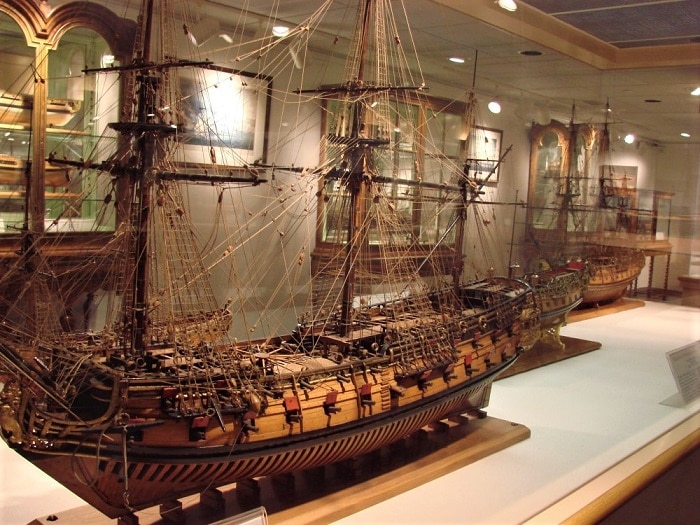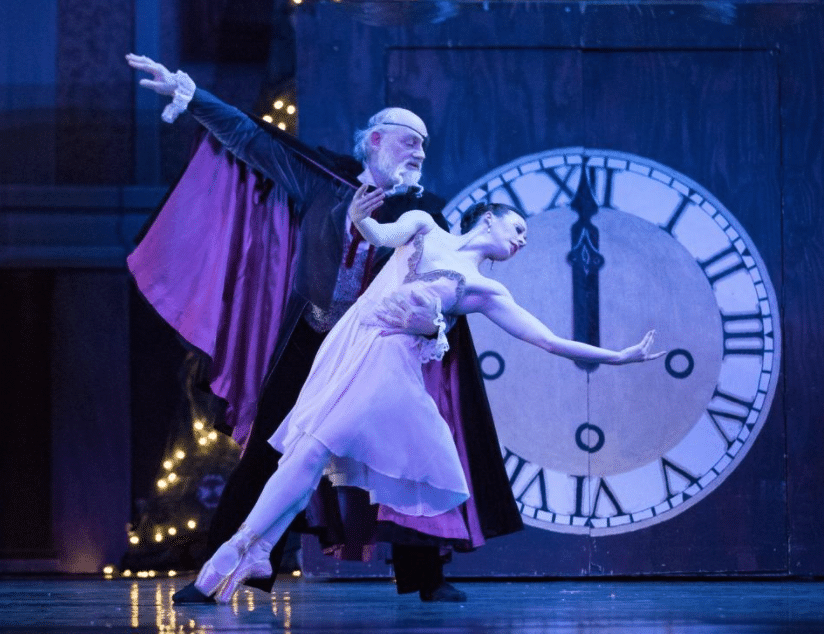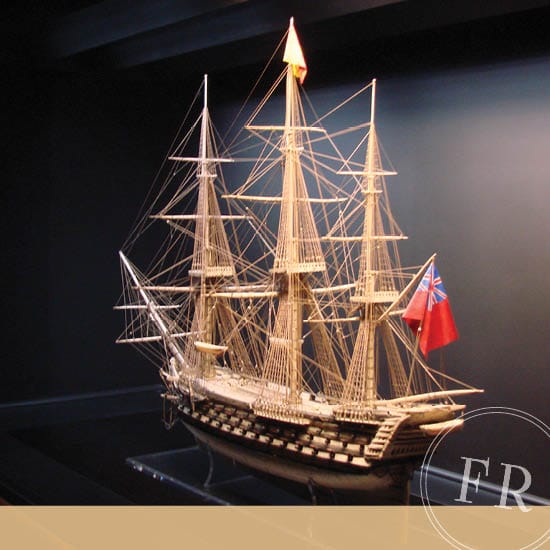Museums
Annapolis has a number of museums in town offering history lessons ranging from watermen’s culture and the Chesapeake Bay to colonial architecture and 18th-century life. At the world-class United States Naval Academy Museum, two floors devoted to the Navy’s past give visitors an extensive history lesson. Bringing in over 100,000 people a year, the museum offers exhibits about the history of sea power, the U.S. Navy’s development and accomplishments, and the role the USNA has played in making the Navy what it is today. Located on the 2nd deck (second floor) of the museum, the Class of 1951 Gallery of Ships houses one of the world’s finest collections of warship models from the 17th, 18th, and 19th centuries.
The Chase-Lloyd House (1769), Hammond-Harwood House (1774), William Paca House and Garden (1765), and Charles Carroll House (mid-18thth century) are all superlative examples of the city’s colonial architecture as well as museums open to the public. All but the Carroll House display collections of period furniture and decorative arts, including paintings by Charles Willson Peale (1741-1827) and furniture by John Shaw (1745-1829).
The Elizabeth Myers Mitchell Art Museum is a hidden treasure in historic Annapolis. Accredited by the American Alliance of Museums in 2012 and dedicated since it opened in 1989 to bringing world-renowned art to Annapolis, the Mitchell Art Museum’s modern design won a Citation of Merit from the American Institute of Architects. It attracts over 10,000 visitors a year to its exhibits which are of an unusual range and diversity for a gallery of its size. Exhibitions have included works of celebrated artists such as Bruegel, Calder, Rembrandt, Rodin, Motherwell, and Johns; exhibitions of unique historical and regional interest, such as photography by A. Aubrey Bodine and Marion Warren; and the National Craft Show. Interpretive programs include lectures, gallery talks, docent tours, and children’s programs.
Named after Marylanders Benjamin Banneker and Frederick Douglass, the Banneker-Douglass Museum highlights the innovations, resilience, and achievements of African American Marylanders, including Matthew Henson, the first African American to explore the Arctic, who accompanied Robert Peary and was the first man to reach the North Pole; and Herbert Milton Frisby, a Maryland-born soldier stationed in the Aleutian Islands of Alaska during WWII, who made two Artic excursions in the summers of 1943 and 1944, one to Hudson Bay and the other beyond the Arctic Circle to Kotzebue, Alaska. Once an African Methodist Episcopal Church, the museum now showcases Maryland history in rotating exhibits, offering visitors a different lesson each time they enter.
The Annapolis Maritime Museum is a small museum at the mouth of Back Creek in Eastport, overlooking the Chesapeake Bay and housed in what was the last oyster-packing plant in Annapolis. The museum engages visitors in an interactive experience that highlights the oyster and its role in shaping both the history and the maritime culture of Annapolis and the Chesapeake Bay as a whole. The historic McNasby building is the ideal setting for meaningful waterfront education experiences, maritime seminars, concerts, and other programs and events. It frequently hosts art exhibits to highlight local artists who focus their work on the Chesapeake Bay and those that work its waters.












